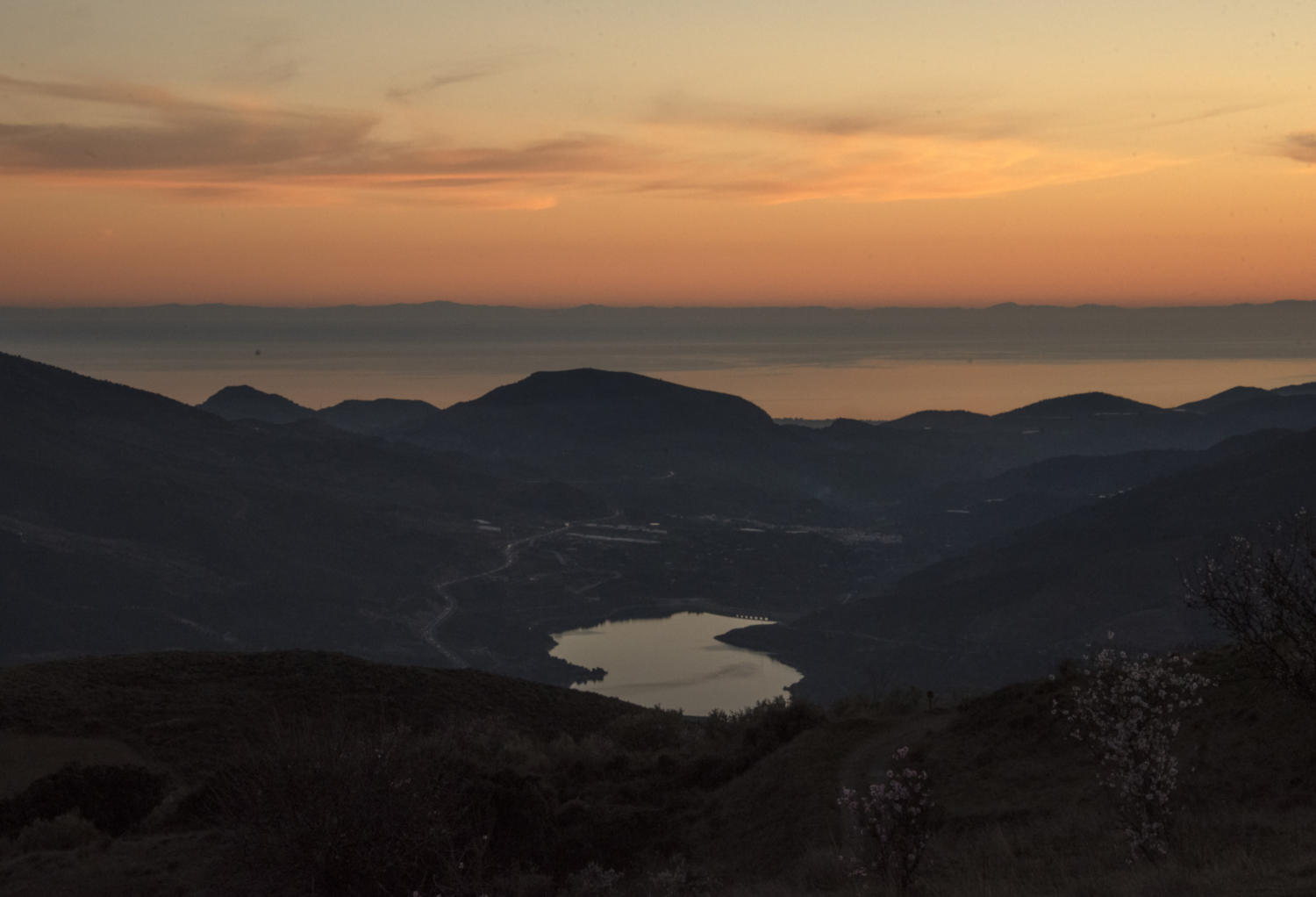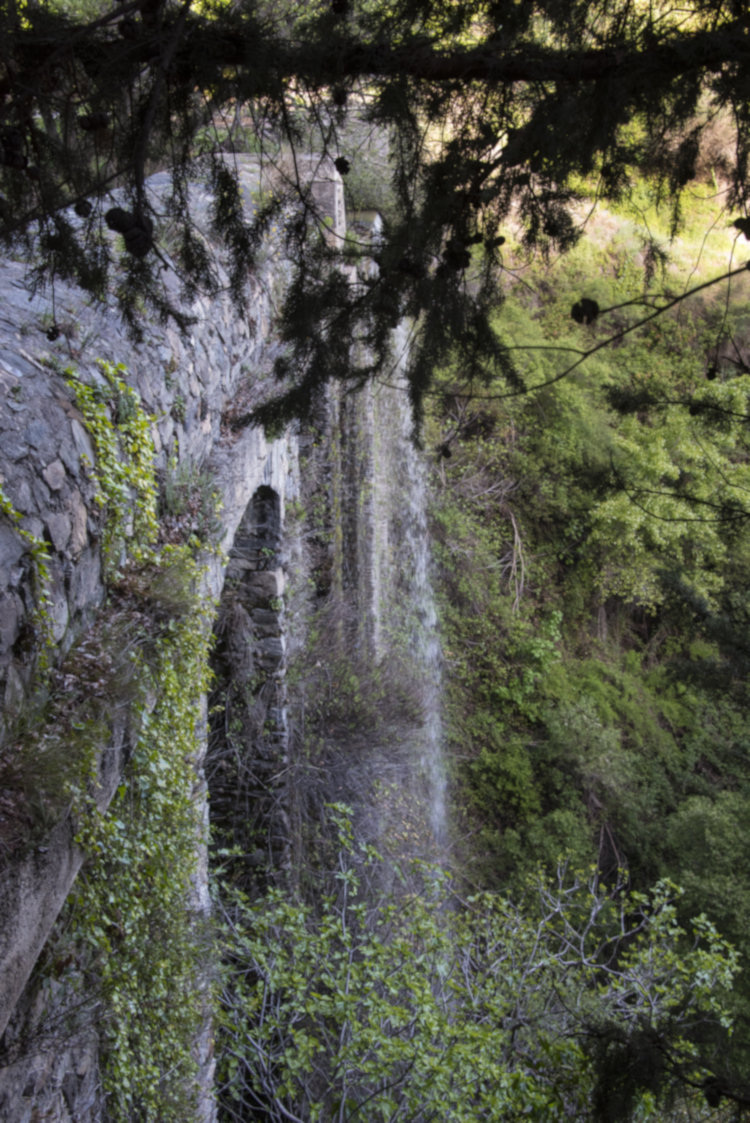The hidden paradise of Cáñar
With panoramic views across to Africa and a gateway to the natural park, Cáñar is a welcome addition to your Alpujarran travel itinerary
Cáñar is called ‘paradise escondido’ (hidden paradise) because it has no through road and is “off the beaten track”, as the old adage goes. However, it is a mistake to overlook this traditional mountain village, as it has a wealth of attractions to offer visitors.
Located at 1,029m on the southern slopes of the Sierra Nevada, Cáñar is bordered by natural park and with panoramic views of the surrounding area, rivalled by few other Alpujarran towns. Cáñar is frequently called ‘Balcony of the Alpujarra’ or ‘Viewpoint of Africa’, as the Moroccan Rif mountains can be seen from the village on clear days. Visitors can look across to the Costa Tropical and the landmarks of Salobreña, with the reservoir behind the Rules Dam shimmering in the distance.
Built in traditional Andalusian style, Cáñar is characterised by white houses with flat roofs and wooden beams. The village has many cobbled streets and ‘tinaos’ (small, overhanging passageways). Other historic features are the fountain of Plaza Santa Ana, the old laundries of the ‘Fuenta Ya Bajo’ and the Church of Santa Ana, which was built in the 18th century and contains examples of Mudejar and Baroque architecture and an old rope clock from 1823.
A perfect location for outdoor pursuits, Cáñar attracts many visitors who are interested in walking, hiking, mountain biking, fauna and flora, and the natural environment. The historic GR7 walking path that traverses La Alpujarra passes through the village, heading to either Lanjarón or Soportújar. The route to Soportújar passes the impressive Dique 24 dam of the nearby Rio Chico, which has an eye-watering 30m drop. The Caballo Blanco horse riding centre, located above Lanjarón, offers trekking routes that visit both Cáñar and Soportújar.
Cáñar is a gateway to the Sierra Nevada Natural Park, accessed via a rural track that winds above the village. Popular attractions include the Puente Palo recreation area at 1,700m, offering picnic tables under the shade of the pine trees, and the ‘Mirador de Cáñar’, which affords magnificent views towards Sierra de Lújar, Sierra de la Contraviesa, Órgiva, the Guadalfeo River and Salobreña.
In the natural park above Cáñar, many colour-coded walking paths of different lengths can be found [link to map?], suiting hikers of varying abilities.
Thanks to its sentinel-like location, Cáñar is a photographer’s dream. It is especially worth photographing in spring and autumn, when colourful sunsets and cloud patterns regularly adorn the sky, and the leaves and flower blossoms provide a wealth of colour. The village can be seen – and photographed - from many different viewpoints. These include from the Autovía de Sierra Nevada, heading northwards from the tropical coast (although taking an image here is not advised!), from Soportújar, Órgiva, Tablones, and the rural track above Lanjarón. It is little wonder that the people of Cáñar – called ‘Cáñaretes’ – are proud of their beautiful village with its privileged location.
For those who wish to spend time in the village itself, Cáñar provides traditional Alpujarran cuisine, served in a welcoming atmosphere. Guests can enjoy the village’s two, family-run bar-restaurants - Bar Piki Niki and Meson Los Anglés - which are both located on Calle Los Alamos, i.e. the main street. Both serve delicious tapas and a range of ‘raciones’ (main dishes).
The traditional cuisine includes: ‘patatas a lo pobre’ (traditional Andalus fried potato with onion and peppers); ‘plato Alpujarreño’, which is ‘patats a lo pobre’ served with serrano ham, blood sausage, ‘lorganiza’ and egg; ‘puchero’, a dish made using a local herb called ‘hinojo’ (fennel), white beans and meat; ‘solomillo’ (fillets of pork loin); and a selection of burgers and pizza. Guests should be sure to try the local wine known as ‘vino costa’ or ‘costa vin’.
Cáñar also provides three sites for outdoor picnics. These are located at the children’s play park just below the village; at the ‘Ya Bajos’ fountain; and at the recreation area below the cemetery, on the Dique 24 walking path.
Accommodation options are available in and around the village. A family-run hotel called El Cielo de Cáñar is based a short drive above the village.
Festivals and fiestas
In Cáñar, the Cáñaretes love a party! The village celebrates its annual festival, held in honour of its patron saint - Santa Ana - on July 24-26, with entertainment for townspeople and visitors alike. The night of 26th features a religious procession with the effigies of Santa Ana and Joseph being carried through the streets and, on the final night, a firework display takes place the village plaza. The fiesta also features nightly music and bands.
At the start of August, Cáñar holds its Cultural Week, providing a range of recreational activities. These usually include a foam party for kids and musical evenings.
On the first Saturday of November, Cáñar celebrates the ‘Mauraca’ autumn fiesta. This traditional event involves roasting the ‘castanos’ (horse chestnuts) in the plaza at lunchtime, accompanied by a barbeque and refreshments.
The village’s other renowned annual fiesta is ‘Musica de Las Mozuelas’, which starts during the early hours of December 28 and continues into the daytime. This historical event dates to the late 19th century, when men from the village carrying musical instruments would serenade young, single women with beautiful songs. The serenading takes place in two rounds: one overnight for just the men and another in the daytime, for everyone who wishes to attend. All the streets of the village where women live are visited by the singers, musicians and their accompanying crowd. It is quite a spectacle, followed by lunchtime food and refreshments in the plaza.
The village also celebrates the ‘Día de Andalucía’ on 28 February and the ‘Tres Reyes Magos’ (Three Kings) on 5 January. At Semana Santa (Easter holy week), religious processions pass through the streets on the nights of Thursday and Good Friday.
Features and attractions:
-
Cerrillo Redondo - the 3,055m mountain peak divides the Lanjarón and Cáñar valleys. Contact Spanish Highs re mountain hikes and guided walks in the area (spanishhighs.co.uk).
-
Puente Palo recreational area – at 1,750m altitude on the top forestry track (clearly signposted), 2.2km east when you reach the end of the track that runs above Cáñar.
-
Mirador de Cáñar - located at 1,700m, a few kilometres west along the top forestry track when you reach the end of the track above Cáñar.
-
Castaño de las Eras - a 100-year old tree, easily visible from ‘Mirador de las Eras’ and located along the path of ‘Rio Sucio’.
-
Dique 24 - a dam to contain the Rio Chico, of great proportions and with an impressive 30m drop. This dam is located between Cañar and Soportújar and the clearly marked walking route starts on the path to the village cemetery.
-
See the tradition of milling (‘molienda’) in Cáñar - an old, working mill is located along the path marked by a sign saying, ‘El Molino’, on the curve of the road above the village.





texto y fotos de Jo Chipper.




